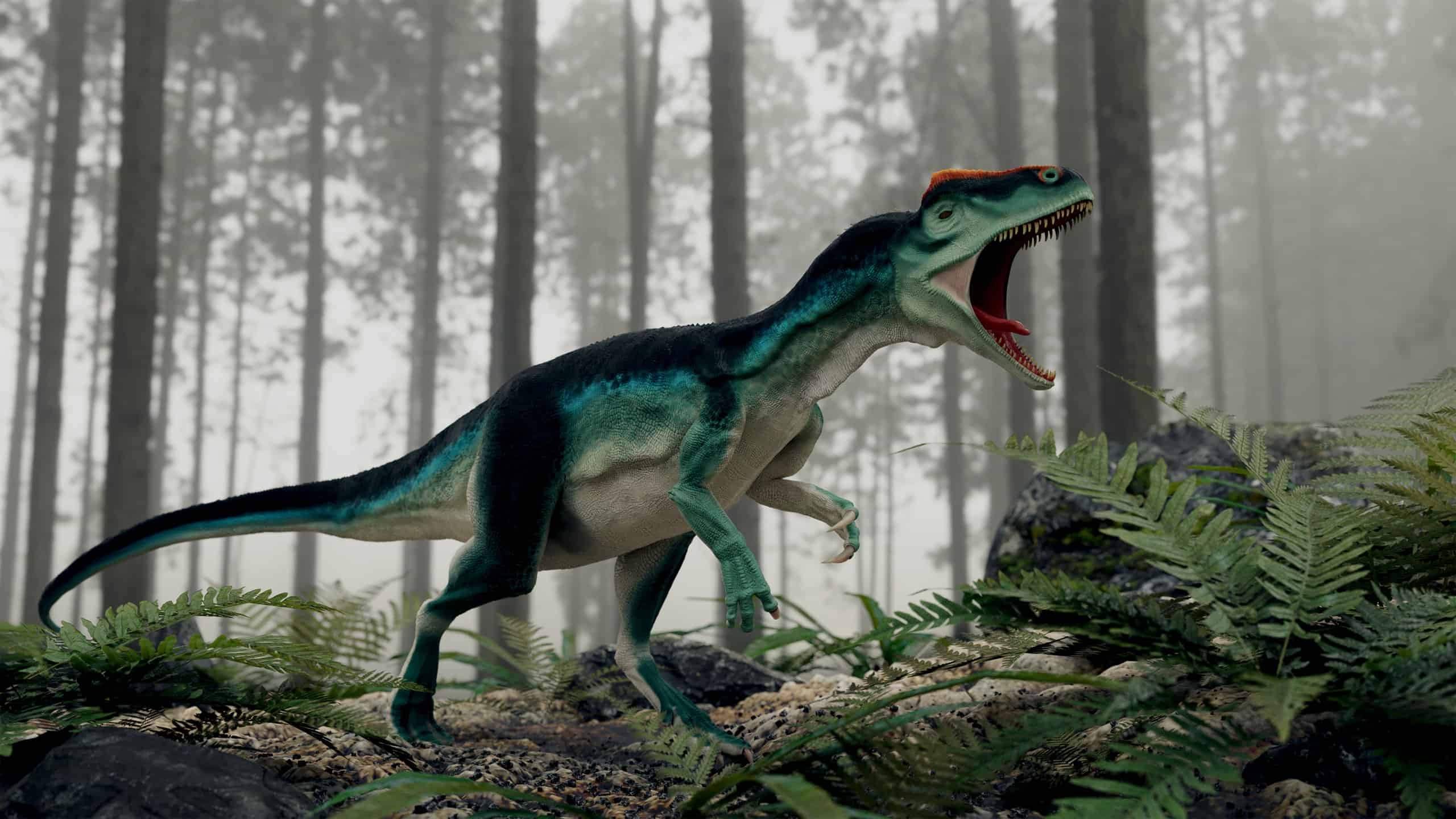
Ever wondered about the mighty creatures that roamed Earth millions of years before us? Let's take a leap back in time and uncover some jaw-dropping facts about Allosaurus, a fierce predator of the Jurassic period. Did you know this dinosaur was one of the top predators of its time? Yes, Allosaurus was a formidable hunter, with a massive body, sharp teeth, and claws that could tear through the flesh of its prey. But there's more to this ancient beast than just its appetite for destruction. From its unique hunting strategies to its role in the prehistoric ecosystem, get ready to be amazed by these 13 fascinating facts about Allosaurus. Buckle up for a thrilling ride into the past, where giants walked the Earth, and discover what made Allosaurus a true marvel of the Mesozoic era.
What Made Allosaurus a Fierce Predator?
Allosaurus, a name that echoes through the corridors of prehistoric time, was not just another dinosaur. This formidable predator roamed the Earth during the Late Jurassic period, approximately 150 million years ago. What set it apart from other dinosaurs of its era?
-
Size and Strength: Allosaurus could grow up to 28 feet in length and weigh more than 2 tons. Its massive body, equipped with strong legs, allowed it to run fast and catch prey efficiently.
-
Jaw and Teeth: With a jaw full of sharp, serrated teeth, Allosaurus was perfectly designed for slicing through the flesh of its prey. Its bite force, combined with a unique hinge-like jaw, enabled it to deliver devastating blows.
-
Hunting Tactics: Scientists believe Allosaurus might have been a pack hunter, using complex strategies to ambush and take down large herbivores. This social hunting behavior would have made it one of the most feared predators of its time.
Allosaurus' Habitat and Lifestyle
Understanding the environment in which Allosaurus lived helps us appreciate its survival and hunting strategies.
-
Diverse Habitats: Allosaurus thrived in a variety of environments, from lush forests to open plains. This adaptability was key to its survival in the ever-changing Jurassic landscape.
-
Diet: Primarily a carnivore, Allosaurus fed on a wide range of prey, including smaller dinosaurs and possibly even scavenging when opportunities arose. Its diet reflects its versatility and opportunistic nature.
-
Competition: Allosaurus shared its habitat with other large predators, such as Ceratosaurus. This competition for food resources likely drove Allosaurus to become an even more efficient hunter.
The Fossil Record of Allosaurus
Fossils play a crucial role in unraveling the mysteries of prehistoric life. Allosaurus is no exception, with numerous discoveries shedding light on its existence.
-
Global Discoveries: Allosaurus fossils have been found in North America, Europe, and possibly Africa, indicating a wide geographic distribution. These findings suggest Allosaurus was a dominant predator in multiple continents.
-
Well-Preserved Skeletons: Some of the most complete dinosaur skeletons ever found belong to Allosaurus, providing invaluable insights into its anatomy, behavior, and evolution.
-
Paleopathology: Examination of Allosaurus bones has revealed evidence of injuries and diseases, offering a glimpse into the harsh realities of life for these creatures. From healed fractures to signs of arthritis, these findings tell stories of survival and resilience.
Allosaurus in Popular Culture
Allosaurus has captured the imagination of people around the world, becoming a staple in books, movies, and museum exhibits.
-
Movies and Media: Allosaurus frequently appears in dinosaur-themed media, from classic films to modern documentaries, often portrayed as a formidable antagonist to other dinosaurs and humans alike.
-
Museum Exhibits: Many natural history museums boast impressive Allosaurus displays, where visitors can come face-to-face with life-size replicas or actual fossil skeletons, sparking interest and awe in audiences of all ages.
-
Educational Impact: Through its presence in popular culture and educational programs, Allosaurus plays a significant role in promoting interest in paleontology and natural history among the general public.
-
Cultural Icon: Over time, Allosaurus has transcended its prehistoric origins to become an icon of ancient life, symbolizing the power, mystery, and wonder of the natural world long before humans walked the Earth.
A Final Roar from the Jurassic
Allosaurus, a name that echoes through the halls of prehistoric fame, has fascinated us from the moment its fossils first saw the light of day. These magnificent beasts were not just another dinosaur; they were apex predators, rulers of their domain, and a testament to the incredible diversity of life that has graced our planet. From their unique hunting strategies to their social behavior, every fact about Allosaurus adds a layer to our understanding of the Jurassic world. As we've journeyed through the realm of these ancient giants, it's clear they're more than just bones in a museum; they're a bridge to the past, offering insights into the evolutionary marvels of our Earth. So, next time you gaze upon a dinosaur skeleton, remember the Allosaurus. It's not just a relic; it's a story millions of years in the making.
Was this page helpful?
Our commitment to delivering trustworthy and engaging content is at the heart of what we do. Each fact on our site is contributed by real users like you, bringing a wealth of diverse insights and information. To ensure the highest standards of accuracy and reliability, our dedicated editors meticulously review each submission. This process guarantees that the facts we share are not only fascinating but also credible. Trust in our commitment to quality and authenticity as you explore and learn with us.
